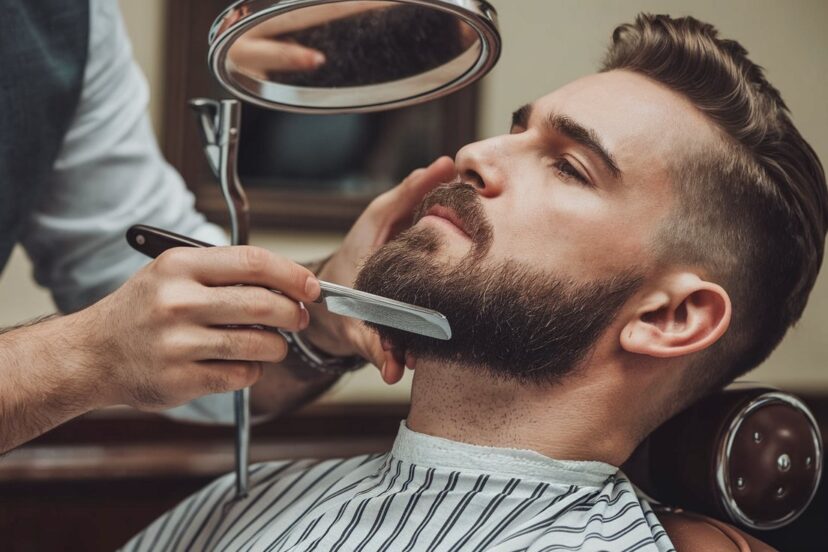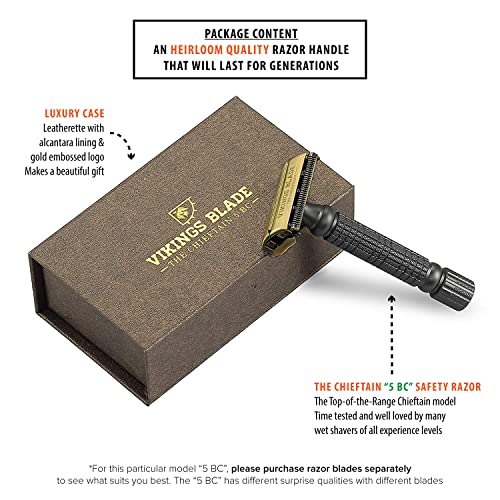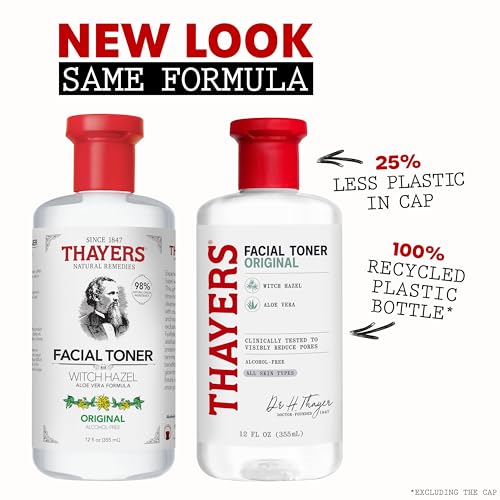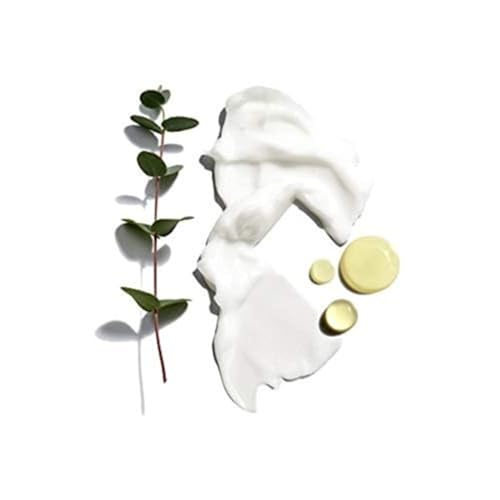Smooth Shave Techniques: The Ultimate Guide
Post Disclaimer
*We may earn a commission for purchases made using our links. Please see our disclosure to learn more.
As someone who’s battled with razor burn, nicks, and irritation for years, I understand the frustration that comes with trying to achieve that perfect, smooth shave. Whether you’re shaving your face, legs, underarms, or any other body part, the journey to irritation-free results can feel like an endless series of trial and error. After countless experiments with different products, smooth shave techniques, and routines, I’ve finally cracked the code to getting that glass-smooth finish without the discomfort that often follows.
In this comprehensive guide, I’ll share everything I’ve learned about achieving the perfect shave. From preparation to post-shave care, I’ll walk you through each step of the process, recommend game-changing products that have transformed my routine, and answer the most common questions that arise when pursuing that elusive perfect shave. By the end of this article, you’ll have all the knowledge you need to revolutionize your shaving experience and enjoy comfortable, smooth results every time.
Key Takeaways
- Proper preparation is essential: Always start with warm water to open pores and soften hair, followed by a quality pre-shave oil to create a protective barrier.
- Invest in quality tools: A sharp, well-designed razor and nourishing shaving cream or gel make a significant difference in shave quality.
- Technique matters: Shave with the grain first, then across or against it for closeness while minimizing irritation.
- Post-shave care is crucial: Immediately applying cold water followed by alcohol-free aftershave or moisturizer helps prevent irritation.
- Consistency is key: Establishing a regular routine that works for your skin type will yield the best long-term results.
Recommended Products
After trying dozens of products and refining my smooth shave techniques, these four have earned permanent places in my shaving routine:
Cremo Original Shave Cream
Experience an effortlessly smooth shave with Cremo Original Shave Cream, designed for men who want a barbershop-quality grooming experience at home. Its unique ultra-slick formula reduces friction, allowing your razor to glide seamlessly for a close, comfortable shave. Infused with a refreshing scent, this paraben-free cream helps prevent nicks, cuts, and razor burn while leaving your skin feeling soft and irritation-free. A little goes a long way, each 6 fl oz tube lasts up to 90 days, making it a long-lasting and cost-effective addition to your shaving routine.
- Ultra-Slick Formula: Creates a smooth, frictionless surface for a close and comfortable shave.
- Irritation Prevention: Helps fight razor burn, nicks, and cuts for a soothing experience.
- Long-Lasting Value: A concentrated formula that lasts up to 90 days per tube.
- Requires Water Activation: Works best when applied to wet skin, which may take some adjustment.
- Not a Lathering Cream: Doesn't produce thick foam, which some users may prefer.
- Scent Preference: The original scent may not appeal to everyone.
This concentrated cream creates an ultra-slick surface that allows your razor to glide effortlessly. Unlike traditional foams that can dry out skin, Cremo’s formula stays moisturizing throughout your shave. Just a small amount goes incredibly far, making it both effective and economical.
Vikings Blade The Chieftain Double Edge Safety Razor
Upgrade your shaving routine with the VIKINGS BLADE Chieftain “5 BC” Double Edge Safety Razor, designed for a smooth, close, and irritation-free shave. Crafted from premium solid metal, this durable razor is built to last a lifetime while significantly reducing ingrown hairs, razor burn, and skin irritation compared to plastic cartridge razors. The eco-friendly design ensures a reusable and recyclable alternative to disposable razors. This set includes five platinum-coated Swedish steel blades and a luxury travel case, making it a perfect gift for any grooming enthusiast.
- Smooth & Close Shave: Reduces razor burn, ingrown hairs, and irritation for both men and women.
- Durable & Long-Lasting: Made from solid metal, ensuring a lifetime of quality shaving.
- Eco-Friendly Choice: 100% reusable and recyclable, eliminating plastic waste.
- Learning Curve: May take time to master for beginners switching from cartridge razors.
- Blade Replacement Required: Needs periodic blade changes, unlike disposable razors.
- Weight Consideration: Heavier than plastic razors, which may take some adjustment.
This weighted safety razor changed my shaving game entirely. The substantial feel provides perfect control, while the butterfly head makes blade replacement simple. The initial investment pays for itself quickly as replacement blades cost pennies compared to cartridge systems.
Thayers Alcohol-Free Witch Hazel Toner with Aloe Vera
Refresh and nourish your skin with THAYERS Alcohol-Free Witch Hazel Facial Toner, a dermatologist-recommended formula enriched with organic aloe vera. This hydrating toner soothes, tones, and balances the skin’s pH, reducing the appearance of pores while maintaining moisture. Made with 98% natural-origin ingredients, including hand-harvested witch hazel, it’s perfect for all skin types. Whether prepping for makeup, soothing post-shave irritation, or calming sensitive skin, this alcohol-free toner provides all-day hydration and skin clarity.
- Hydrating & Soothing: Alcohol-free formula with aloe vera keeps skin soft and refreshed.
- Multi-Purpose Use: Ideal for toning, after-shave care, sunburn relief, and more.
- Natural & Gentle: Made with 98% natural-origin ingredients, free of harsh chemicals.
- Mild Scent Variability: Some users may prefer a stronger or fragrance-free option.
- Not a Deep Cleanser: Works as a toner but may not remove heavy makeup or impurities.
- Glass Bottle Alternative Needed: Some may prefer a plastic option for travel safety.
The perfect post-shave treatment that soothes and refreshes without the burn of alcohol-based products. It helps close pores, reduce inflammation, and prevents ingrown hairs while maintaining skin’s natural moisture.
Jack Black Beard Lube Conditioning Shave
Jack Black Beard Lube Conditioning Shave is a revolutionary 3-in-1 formula that acts as a pre-shave oil, shaving cream, and skin conditioner. Designed for a smooth, irritation-free shave, this lightweight, transparent formula softens facial hair, locks in moisture, and allows for precise razor glide. Infused with macadamia nut oil, jojoba, and heather extract, it soothes the skin while preventing razor burn and nicks. Perfect for men who want a premium shaving experience with hydrating and nourishing benefits.
- Multi-Use Formula: Works as a pre-shave oil, shaving cream, and conditioner.
- Prevents Razor Burn: Reduces irritation and provides a smooth glide.
- Lightweight & Hydrating: Moisturizes without leaving a greasy residue.
- Higher Price Point: More expensive than traditional shaving creams.
- Non-Foaming Formula: May take time to adjust for those used to thick lathers.
- Strong Scent: Some users may find the fragrance overpowering.
A transparent formula that functions as pre-shave oil, shaving cream, and skin conditioner in one. It’s particularly excellent for precision work around beard lines or sideburns since you can actually see where you’re shaving.
The Perfect Shave: A Step-by-Step Guide
Preparation: The Foundation of a Great Shave
I can’t overstate how crucial proper preparation is for achieving a smooth, irritation-free shave. The extra few minutes spent here will dramatically improve your results and save your skin from potential damage.
Start by timing your shave right, ideally after a warm shower when your skin is hydrated and facial or body hair is at its softest. The steam and warm water open your pores and soften the protein structure of your hair, making it up to 60% easier to cut. If you can’t shower beforehand, apply a warm, damp towel to the area for 2-3 minutes to achieve a similar effect.
For those with particularly sensitive skin or coarse hair, I strongly recommend incorporating smooth shave techniques like using a pre-shave oil into your routine. A few drops massaged into damp skin creates a protective barrier that enhances razor glide while protecting your skin from irritation. Look for oils with natural ingredients like olive, castor, or grapeseed oil combined with essential oils like tea tree or lavender for their antiseptic properties.
Lathering Up: Creating the Perfect Cushion
The quality of your lather can make or break your shaving experience. While canned foams are convenient, I’ve found that traditional creams, soaps, or brushless products like Cremo provide superior results by creating a slicker surface that protects skin while allowing for clean cutting of hair.
If using traditional cream or soap, take the time to build a proper lather. Using a shaving brush (badger or synthetic) helps lift the hair and distribute product evenly. Work in circular motions to create a rich, creamy lather that’s neither too thin (which won’t protect) nor too thick (which can clog your razor).
For brushless creams, use just a small almond-sized amount, add water, and massage thoroughly into damp skin until you feel the slickness develop. This type of product typically provides more transparency, which is helpful for detailed work around facial hair or bikini lines.
The Main Event: Shaving Technique
Here’s where most people go wrong, rushing through with haphazard strokes rather than using a methodical approach. The golden rule I always follow for smooth shave techniques is to first go with the grain (the direction your hair grows). This initial pass removes most of the hair while minimizing irritation.
Hold your razor at approximately a 30-degree angle to your skin and use short, deliberate strokes without applying pressure—let the weight of the razor do the work. Rinse the blade frequently to prevent clogging, which can lead to tugging and irritation.
For areas requiring extra closeness, re-lather and make a second pass across the grain (perpendicular to hair growth). Only if necessary and your skin can tolerate it should you attempt against-the-grain strokes, and even then, use extreme caution. I’ve found that for most people, a with-grain followed by across-grain approach provides an excellent balance of closeness and comfort.
For tricky areas like the neck or bikini line, where hair grows in multiple directions, map your growth pattern beforehand. I literally draw arrows on my skin with a washable marker when tackling my neck’s swirling patterns to ensure I’m always working with the grain on the first pass.
Post-Shave: Critical Care for Lasting Comfort
The moments immediately following your shave are just as important as the preparation. First, rinse thoroughly with cool water to close pores and soothe the skin. Pat dry gently, never rub, which can irritate freshly shaved skin.
Apply an alcohol-free aftershave balm, lotion, or witch hazel toner to calm the skin and provide antiseptic protection without drying or causing that dreaded aftershave burn. Products containing aloe vera, chamomile, or calendula offer excellent soothing properties.
For body shaving, a lightweight, non-comedogenic moisturizer helps maintain hydration while preventing the tight, dry feeling that often follows shaving. I’ve found that moisturizers containing ceramides are particularly effective at restoring the skin barrier after shaving.
If you’re prone to ingrown hairs, incorporate a gentle chemical exfoliant containing salicylic acid or glycolic acid into your post-shave routine several times weekly, but not immediately after shaving when your skin is most sensitive.
Specialized Techniques for Different Body Areas
Facial Shaving
The face requires special attention due to its visibility and varied contours. I always shave my face after showering and use mapping techniques to track the different growth directions, particularly around the neck and jawline. Incorporating smooth shave techniques like proper skin stretching and precision tools makes a noticeable difference.
For precision around beards or goatees, I stretch the skin gently with my non-dominant hand while using shorter strokes with my razor. The transparent Jack Black Beard Lube is perfect here as it allows me to see exactly where I’m shaving.
Body Shaving (Legs, Chest, Back)
These larger areas benefit from efficient, systematic approaches. I divide large areas into sections and work methodically to ensure I don’t miss spots. For backs, a razor with an extendable handle is invaluable unless you have a partner to help.
When shaving legs, I start at the ankles and work upward in sections, being particularly careful around bony areas like knees and ankles. For the chest, be mindful of the typically sensitive skin around the nipples.
Sensitive Areas (Underarms, Bikini Line)
These delicate zones demand extra care. For underarms, I raise my arm fully and shave in multiple directions since underarm hair often grows in different patterns. Small, gentle strokes work best here.
For bikini lines, trimming longer hair first with scissors or an electric trimmer prevents tugging. Then use fresh, sharp blades and absolutely minimize the number of passes. Consider a specialized bikini-zone product that’s designed to prevent the common irritation and bumps in this sensitive area.
The Role of Equipment Maintenance
Even the best technique falters with poorly maintained equipment. To ensure smooth shave techniques work effectively, I change my blade or cartridge at the first sign of tugging, usually every 5-7 shaves for my coarse beard, though this varies widely depending on hair density and thickness.
After each use, I rinse my razor thoroughly and shake out excess water (never wipe the blade, which damages the edge). Storing your razor in a dry area outside the shower extends blade life significantly by preventing oxidation and mineral deposits. For those using safety razors, disassembling the three pieces for thorough drying extends both blade life and razor longevity.
Shaving brushes benefit from a thorough rinse and gentle shake before being hung upside down or stood on their base to dry, preventing water from rotting the handle or damaging the knot.
Conclusion
Achieving that perfect smooth shave isn’t about finding some secret product or technique—it’s about understanding and implementing a comprehensive approach that respects your skin’s needs at every stage of the process. By taking the time to properly prepare your skin, using quality tools and products, mastering smooth shave techniques, and providing appropriate aftercare, you can transform shaving from a dreaded chore into a satisfying ritual that leaves your skin looking and feeling its best.
What I’ve learned through years of trial and error is that consistency is the true key to shaving success. Your skin responds best to regular care and predictable treatments. Find what works for your unique skin type and hair texture, then stick with it, making minor adjustments as seasons change or your skin’s needs evolve.
Remember that perfect technique with poor tools will only get you so far, just as expensive products can’t compensate for rushed preparation or improper shaving angles. It’s the thoughtful combination of all these elements that delivers that glass-smooth, irritation-free result we’re all after.
Frequently Asked Questions
How can I prevent ingrown hairs and razor bumps?
Prevention starts with proper preparation and technique, always use sharp blades and shave with the grain initially. Post-shave, incorporate gentle chemical exfoliants (like products containing salicylic acid) 2-3 times weekly to prevent dead skin from trapping hairs. For particularly prone areas, consider leaving hair slightly longer rather than shaving completely smooth, as stubble is less likely to become ingrown than hair shaved below the skin surface.
Should I shave every day or give my skin rest days?
This depends entirely on your skin’s sensitivity and your hair growth rate. Those with sensitive skin often benefit from shaving every other day, giving their skin time to recover. If daily shaving is necessary for professional reasons, focus on immaculate preparation and post-shave care. Listen to your skin—if you notice increased irritation, consider extending time between shaves or focusing on particularly necessary areas only, leaving less visible sections for rest days.
What’s the best way to shave if I have acne or other skin conditions?
Work around active breakouts whenever possible rather than shaving directly over them. Use extremely light pressure and fewer passes in affected areas. Consider switching to a single-blade safety razor which cuts at skin level rather than slightly below it like multi-blade systems. Antiseptic pre-shave oils containing tea tree oil can help, and be meticulous about cleaning your razor to prevent spreading bacteria. Consult a dermatologist for severe or persistent conditions, as they might recommend prescription treatments or alternative hair removal methods.
Is a safety razor really better than modern cartridge systems?
Neither is universally “better”, they offer different benefits. Modern cartridge systems provide convenience and a shallow learning curve. Safety razors offer significantly lower long-term costs (replacement blades cost pennies instead of dollars) and potentially less irritation since only one blade contacts your skin instead of multiple blades that can cause hyper-exfoliation. Many people with sensitive skin find single-blade systems less irritating, but they do require learning proper technique and angle control. I personally prefer safety razors for facial shaving but still use cartridge systems for body shaving where the flexible head and built-in lubrication strips make handling large areas more convenient.
How important is the direction of shaving strokes?
Extremely important, it’s arguably the single most significant factor in preventing irritation. Hair grows in definite patterns (often different across various parts of your body), and shaving against this growth pattern increases the chances of ingrown hairs, razor burn, and cuts. Always begin with strokes that follow the direction of hair growth (with the grain). If additional closeness is needed, relather and make a second pass across the grain. Only attempt against-the-grain passes if your skin can tolerate it and you need exceptional closeness for special occasions. The different feeling of resistance as you move the razor in various directions over an area can help you map your own growth patterns.
















